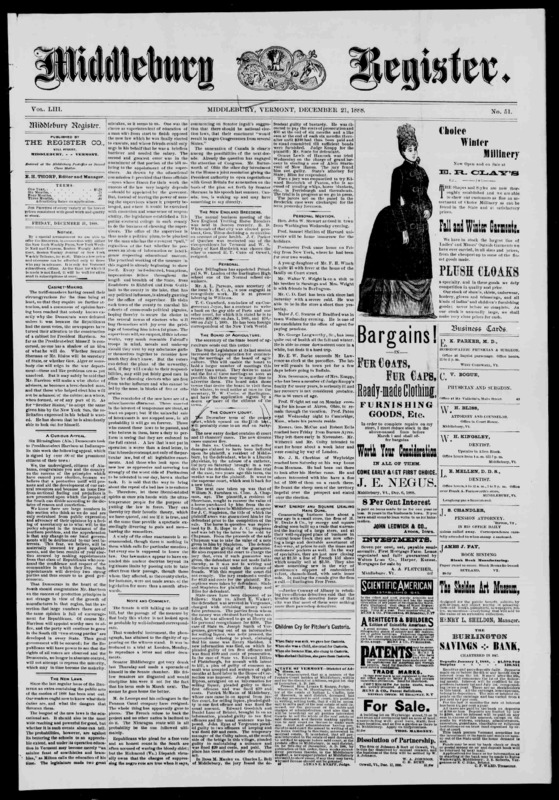Henry Sheldon and His Museum
Memorialization through connection to simple or humble objects may be how people today view the works in Henry Sheldon’s collection; but there is evidence that this was his goal all along. Henry Sheldon said in his diary, “I have spent all my leisure the past year trying to benefit future generations by preserving the handiwork of the articles representing all the different occupations of the early pioneers which I have called a Museum”. (Sheldon, Henry. Journal) And this seems to be the sentiment behind his collection. Sheldon collected with the intent of not just having an interesting collection of cool objects or focusing on one thing in particular, but he collected with the intent of preserving information. Again, in 1888 while trying to expand his collection, he wrote, this time in a newspaper advertisement, that his museum was “designed for public benefit”. (The Sheldon Art Museum, 1888) And this particular wording stood out because it did not say that this was for public entertainment or fun. His museum was for ‘public benefit’. He wanted people to remember John Brown, what he did and what happened during that time and not just admire this carving at face value as a carving of a house. It is uniqe and original, but Sheldon seems to be interested in the story behind the carving and this carving had so much meaning at the time. Although the meaning and perception may have changed, it is still just as relevant and meaningful to our county’s history today as it was then.
Not all people see his collection this way. Sheldon’s bizarre assortment of items and relics stretched so far that people did not always recognize what he did. Very recently in a blog post by The Vermonter, they described Henry Sheldon in passing as a “junk dealer” who had a “museum of sorts” (The Vermonter). This is a crude representation of the history and knowledge that Sheldon dedicated the latter half of his life collecting. If you do not take the time to look into the objects, at the story behind them, or the history of the time period they came from, these items could possibly look like junk. It could easily look like just an average carving, a piece of broken glass, and an old fork. But that is not what these objects are. Many connect to significant moments in American history or have a unique story behind them and if you take the time to look at what they are; then they should definitely not be classified as junk.
